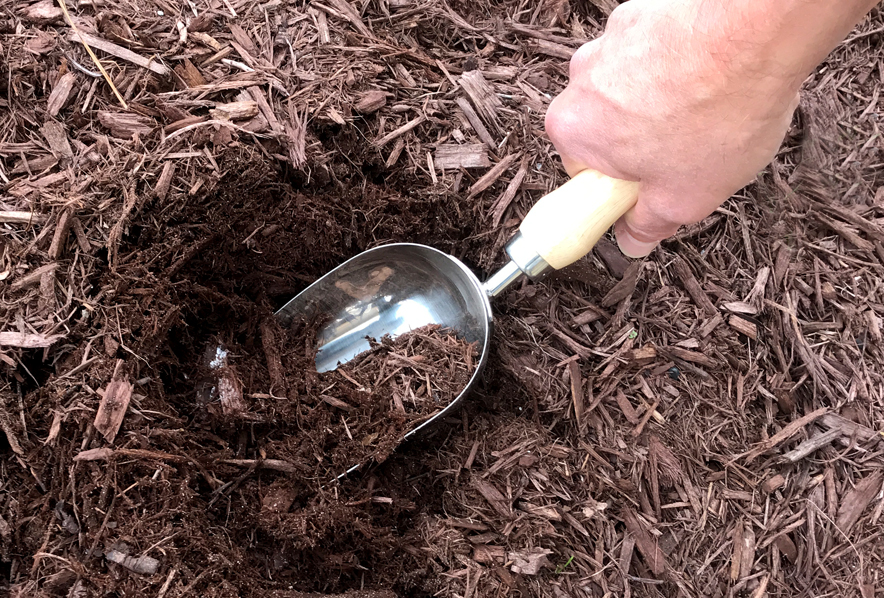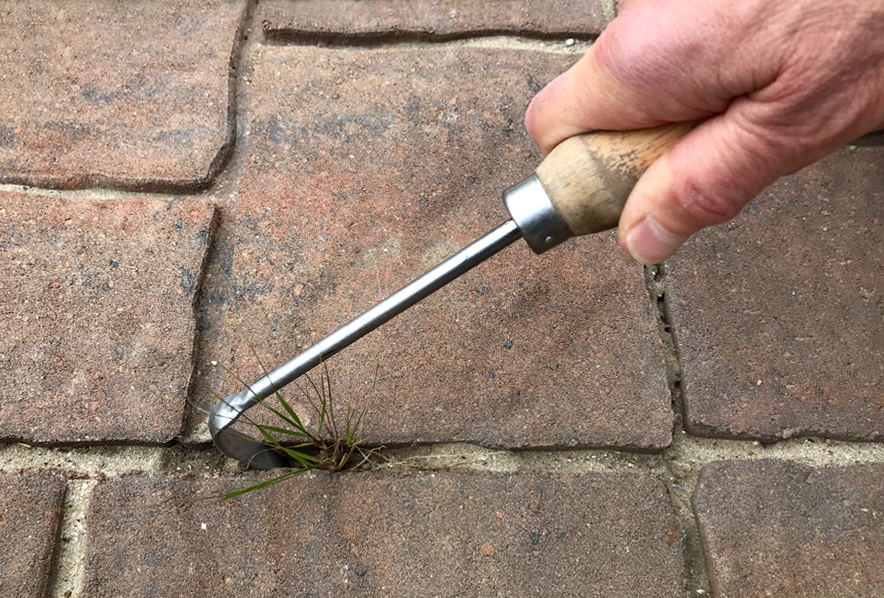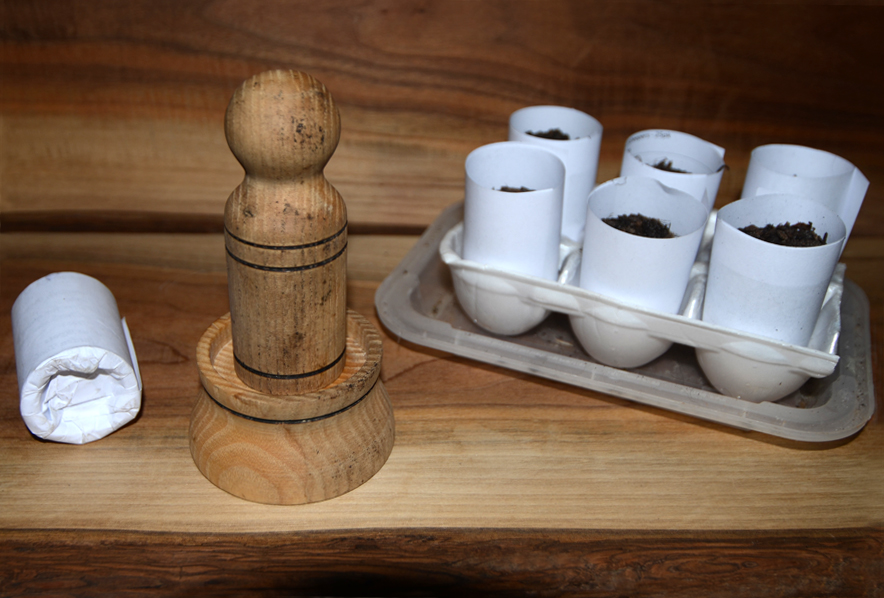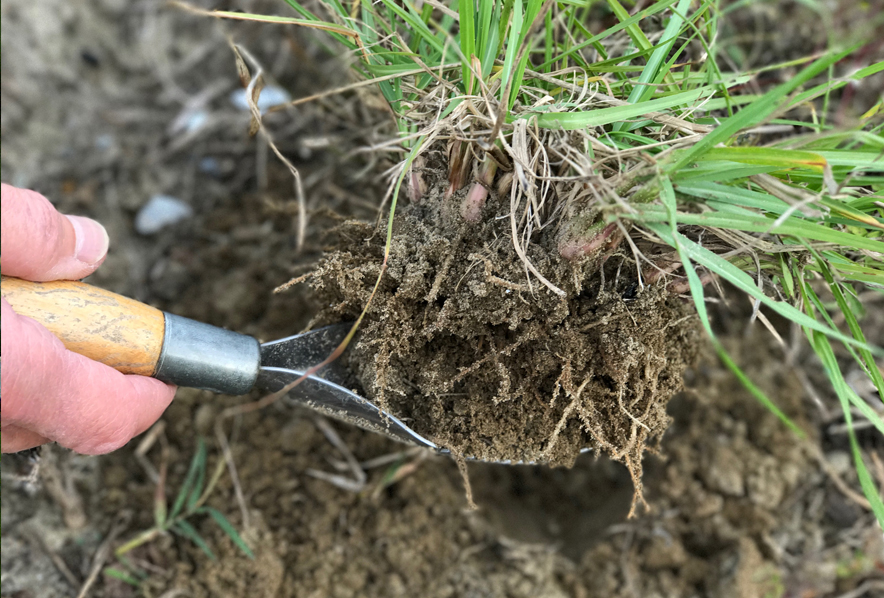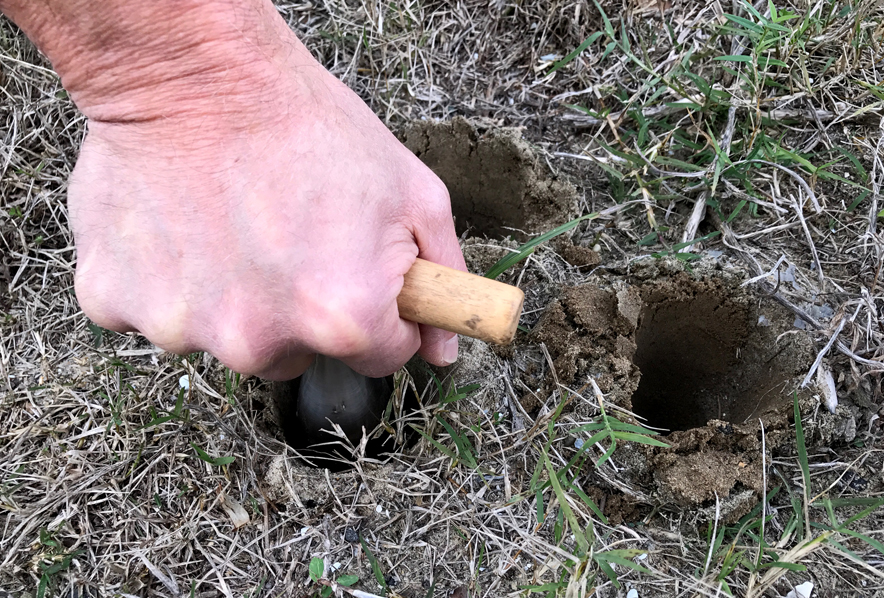
The Harvesting History Heirloom Round Tined Fork
-
- **SOLD OUT** HOLIDAY GIFTS **SOLD OUT**
- **SOLD OUT** Holiday Books **SOLD OUT**
- **SOLD OUT** Holiday Citrus **SOLD OUT**
- **SOLD OUT** Holiday Gift Certificates **SOLD OUT**
- **SOLD OUT** Holiday Paperwhites **SOLD OUT**
- **SOLD OUT** Holiday Praying Mantis Kits **SOLD OUT**
- **SOLD OUT** Holiday Tools **SOLD OUT**
- **SOLD OUT** Holiday Wildflower Mixtures **SOLD OUT**
- Citrus Trees
- **SOLD OUT** - Vegetable and Herb Plants - Mix & Match any 6 Plants for $50 - Only Shipped in Quantities of 6
- Elephant Ear Plants & Roots
- **SOLD OUT** 4-Inch Pot Herb Plants **SOLD OUT**
- Rare Plants
- **SOLD OUT** Vining Plants **SOLD OUT**
- Asian Seeds
- Beneficial Bugs
- Books
- Citrus Fertilizers
- Cold-Treated Bulbs - SEE BULBS FOR FALL PLANTING TO ORDER
- Cold-Treated Allium
- Cold-Treated Chionodoxa
- Cold-Treated Crocus
- Cold-Treated Hyacinthoides
- Cold-Treated Hyacinthus Orientalis
- Cold-Treated Narcissus
- Cold-Treated Cyclamineus Narcissus
- Cold-Treated Double Heirloom Narcissus
- Cold-Treated Jonquilla Narcissus
- Cold-Treated Large Cupped Narcissus
- Cold-Treated Poeticus Narcissus
- Cold-Treated Small Cupped Narcissus
- Cold-Treated Species Miniature Narcissus
- Cold-Treated Split Cupped Narcissus
- Cold-Treated Tazetta Narcissus
- Cold-Treated Triandus Narcissus
- Cold-Treated Trumpet Daffodils
- Cold-Treated Ornithogalum
- Cold-Treated Rock Garden Iris
- Cold-Treated Scilla
- Cold-Treated Tulips
- Cold-Treated Emperor Tulips
- Cold-Treated Fringed Tulips
- Cold-Treated Green or Viridiflora Tulips
- Cold-Treated Lily Flowering Tulips
- Cold-Treated Parrot Tulips
- Cold-Treated Peony Flowering Tulips
- Cold-Treated Single Early Tulips
- Cold-Treated Single Late Tulips
- Cold-Treated Species Tulips
- Cold-Treated Triumph Tulips
- Flower Bulbs, Corms and Tubers
- **SOLD OUT** Bulbs for Spring Planting **SOLD OUT**
- **SOLD OUT** Begonia **SOLD OUT**
- **SOLD OUT** Cannas **SOLD OUT**
- **SOLD OUT** Crocosmia **SOLD OUT**
- **SOLD OUT** Gladiolas **SOLD OUT**
- **SOLD OUT** Pineapple Lilies **SOLD OUT**
- **SOLD OUT** Caladiums **SOLD OUT**
- **SOLD OUT** Calla Lilies **SOLD OUT**
- **SOLD OUT** Dahlias **SOLD OUT**
- **SOLD OUT** Specialty-Gallery-Dark Angel Series **SOLD OUT**
- **SOLD OUT** Specialty Dahlias **SOLD OUT**
- **SOLD OUT** Specialty-Anemone Flowering Dahlias **SOLD OUT**
- **SOLD OUT** Cactus Dahlias **SOLD OUT**
- **SOLD OUT** Decorative Dahlias **SOLD OUT**
- **SOLD OUT** Dinnerplate Dahlias **SOLD OUT**
- **SOLD OUT** Fimbriata Dahlias **SOLD OUT**
- **SOLD OUT** Specialty-Gallery Dahlias **SOLD OUT**
- **SOLD OUT** Specialty-Peony Flowering Dahlia **SOLD OUT**
- **SOLD OUT** Specialty-Pom Pon Dahlias **SOLD OUT**
- **SOLD OUT** Lilies **SOLD OUT**
- Bulbs for Fall Planting - ALL BULBS AVAILABLE ARE COLD TREATED FOR PLANTING AS SOON AS SOIL CAN BE WORKED
- Fall Blooming Bulbs
- **SOLD OUT** Bulbs for Spring Planting **SOLD OUT**
- Garden Tools & Equipment
- Gift Certificates
- HHH Exclusive Wildflower Mixtures
- Wildflower Mixtures
- Heirloom Garlic
- **SOLD OUT** Potatoes **SOLD OUT**
- Roots & Sets
- Seeds
- Flowers
- Herbs
- Vegetables
- **SOLD OUT** HOLIDAY GIFTS **SOLD OUT**
-
- No products to compare
-
9 in stock
Quick Overview
The Harvesting History Heirloom Round Tined Fork
Our Round Tined Fork is a traditionally designed tool with 4 stainless steel tines, each 4 ¾ inches long and ¼ inch in diameter. The tines are firmly secured to a 5 ¼ inch round hardwood handle by a stainless steel tang that is 2 inches long and ½ inch in diameter. The tool is 11 inches long. The width of the tine assembly is 3 inches.

The Harvesting History Heirloom Round Tined Fork
Agricultural forks were designed to fulfill one of two functions: digging, especially in subsoil hardpans, and scooping to relocate soil or remove objects. Given their cultivating popularity, it is amazing that the fork is a relatively new agricultural invention. The Basques may be credited with designing the fork because for millennia they used a two-tine fork which they called the laya. However, until the introduction of the first all steel fork by Alexander Parkes at The Great Exhibition in London, England in 1851, forks had been rarely used.
The predecessor, the iron fork, was extremely heavy. For each tine to be able to resist the bending forces generated by digging the iron had to be incredibly thick and so was of limited utility
Alexander Parkes, himself a well-respected inventor, began discussions with Henry Bessemer about creating a steel that possessed three qualities: stiffness, lightness and suppleness. Parkes reasoning was that it would be impossible to create a fork with slender tines that would never bend. He believed that the viable fork design would have tines that if bent could be restraightened without loss of strength. He proved to be correct. His forks sold very well and moved the market from iron forks to steel forks.
The hand tool, round tine fork, introduced in the latter part of the Victorian Era (1837-1901) is a good sense product. The product originated in Britain. Hand forks manufactured in the US and elsewhere all possessed flat tines. Flat tine forks are adequate for scooping, but virtually impractical for turning soil and removing rocks, roots and other impenetrable objects. Round tine forks are exceptional for maneuvering around objects in the soil in order to remove them.
This round tine fork is far, far more versatile than any flat tine fork. Under extreme stress, the tines will bend, but as Alexander Parkes designed, the bent tines can be straightened without loss of strength. It is a tool for which any gardener will find a multiplicity of uses.
Recommended Companion Plants
